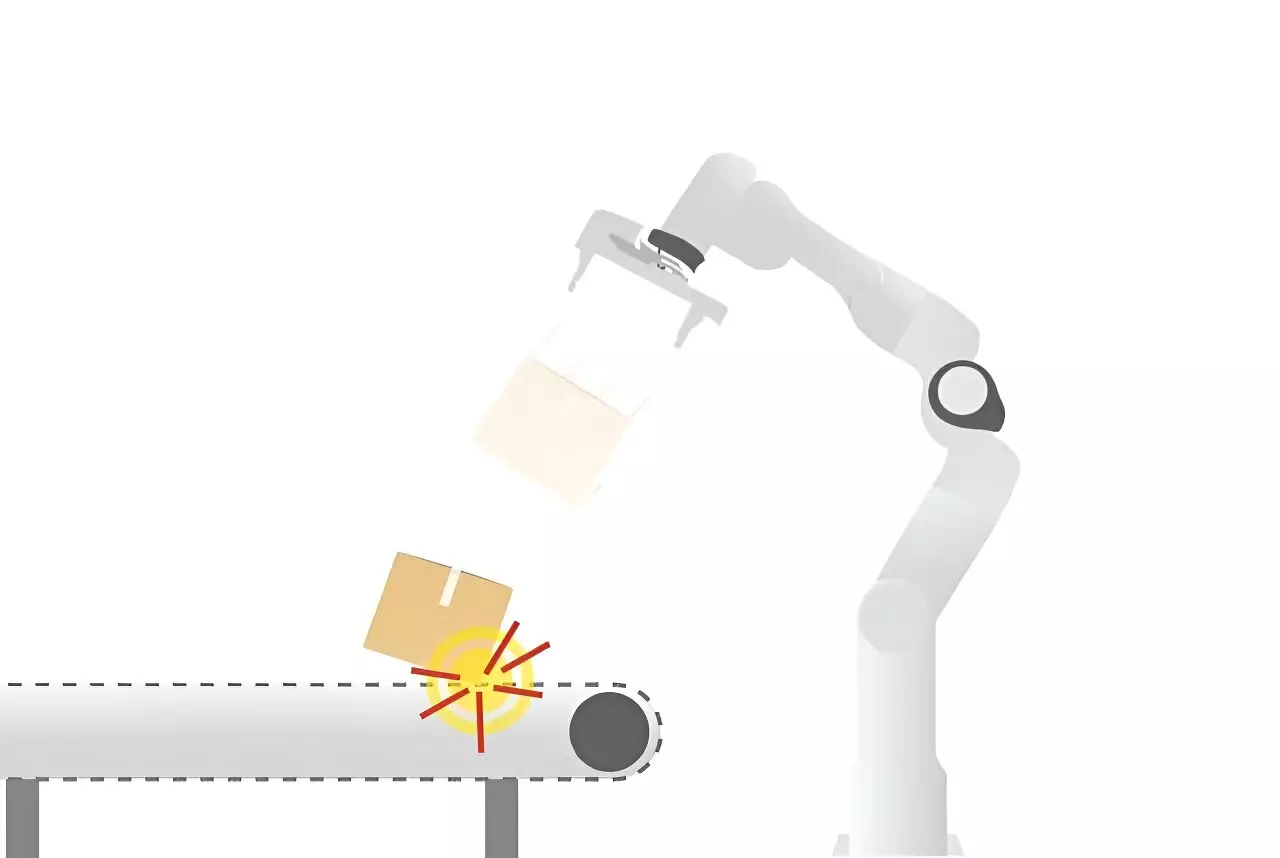In recent years, robots have increasingly infiltrated various sectors, with the automotive industry leading the charge. Their presence has expanded into logistics and other application domains, ushering in a transformative era in operational procedures. Despite these advancements, robots are often limited to performing predefined tasks in a rigid manner, lacking the versatile adaptability seen in human operators. For the future of robotics to flourish, it is imperative that we enhance robots with capabilities that mirror human dexterity, speed, and spatial awareness.
Human-Like Skills: The Key to Advancement
To truly revolutionize efficiency in labor-intensive and hazardous environments, robotic systems must exhibit human-like skills. These include the capacity for quick physical interactions, robust spatial comprehension, and the ability to adapt swiftly to fluid and unpredictable situations. For instance, tasks that are detrimental or unsafe for human workers—like maneuvering heavy luggage in airports or operating in hazardous nuclear environments—could be performed more effectively by advanced robots. Furthermore, there is intriguing potential for robotic applications beyond Earth, such as exploration missions in outer space, where robots could play a pivotal role in varied terrain and atmospheric conditions.
Alessandro Saccon, an Associate Professor at Eindhoven University of Technology, has been at the forefront of this evolution through the I.AM project. This initiative specifically targets the dynamic relationships between robots and the physical world. Unlike traditional approaches that emphasize avoiding collisions and static interactions, the I.AM project aims to harness and exploit collisions to build more robust robotic systems. This shift in perspective is crucial: by understanding how robots can manage rapid contact with heavy objects, we can expand their functional capabilities while ensuring reliability even amidst disturbances.
When physical interactions occur, there are numerous uncertainties: what happens if an object is heavier than anticipated, or if it occupies an imprecise position? The traditional design philosophies in robotics often avoid fast or unpredictable interactions, which means certain necessary actions may remain unfeasible. The underlying ambition of the I.AM project was to create robots that navigate these challenges, ensuring that they can perform tasks quickly and accurately, even in less-than-ideal conditions.
At the heart of the project lies an intricate integration of first-principle physics and sophisticated simulation strategies. The research team examined fundamental concepts such as mass and friction, pioneering a more nuanced understanding of how robots interact with their environments. By measuring real-time data during robotic interactions with various objects, they generated iterative feedback loops that guided the refinement of control algorithms. This melding of real-world performance with mathematical modeling significantly enhances our understanding of robotic capabilities.
One of the notable breakthroughs from this project was the development of a new control algorithm that allows robots to robustly and swiftly grasp heavy objects with two arms. Such advancements highlight how simulation can be utilized predictively, crafting a richer modeling environment for better control methodologies.
Insights into Human Movement and Perception
As researchers engaged in this study, they began to appreciate the complex nature of human movements that we often take for granted. The agility with which people process spatial information and make split-second decisions is a profound challenge for robotic engineering. Understanding these natural human abilities is critical, as it reveals gaps in technology that need bridging before robots can reach their full potential. Continuous advancements in hardware, spatial perception, and dynamic planning remain essential in overcoming these hurdles.
A Collaborative Ecosystem for Robotics Progress
Nurturing partnerships with industrial leaders such as VanderLande has been instrumental in tailoring the I.AM project outcomes to practical applications. Collaborations have provided invaluable insights into real-world challenges currently faced in logistics processes. Shared facilities at the TU/e campus fostered an environment of cooperation and hands-on experimentation, which has proven beneficial for both academics and industrial stakeholders.
The research domain in the Netherlands has long been recognized for its contributions to various aspects of robotics, from medical technologies to mobile automations. The impact-aware robotics field, burgeoning from this project, has gained international acclaim and has sparked discussions around its applications, particularly in the context of delicate interactions in human-centered environments.
Looking Ahead: Exploring New Opportunities
The future of robotics holds exciting prospects, with ongoing exploration of new funding avenues to tackle areas that have yet to be unraveled, such as enhanced perception and rapid planning capabilities. The visibility achieved through the I.AM project showcases the endeavor’s significance and highlights the potential for emerging projects in related fields. Continuous dialogue with industries and integration of student participation can further solidify the bridge between academic research and practical applications, ensuring that future robotics developments remain aligned with market needs and societal benefits.
As we explore the realm of impact-aware robotics, we must remain committed to overcoming current limitations and enhancing robotic systems with the capabilities to interact dynamically with their environments. The journey is challenging yet filled with transformative potential, driving innovation that will benefit a myriad of sectors and improve safety and efficiency in ways we can only begin to imagine.

